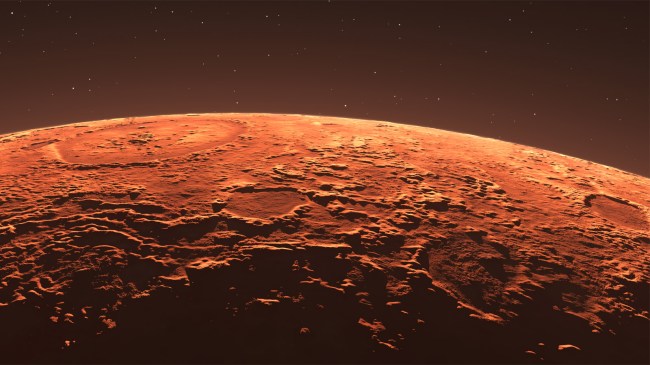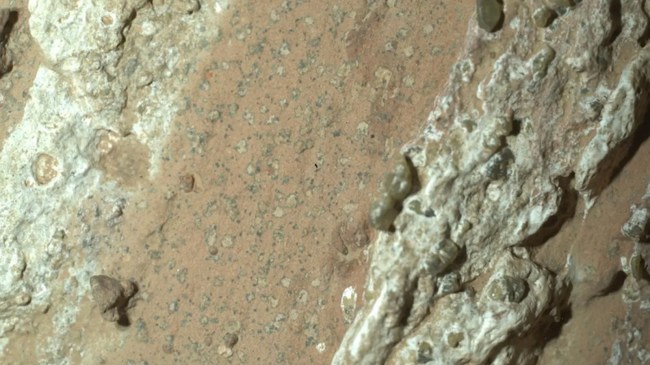
iStockphoto

Audio By Carbonatix
Rock samples discovered by NASA Perseverance Rover are “the closest we’ve actually come to discovering ancient life on Mars,” according to acting NASA Administrator Sean Duffy. Based analysis of the markings on the rocks, scientists believe they contain minerals that may be a byproduct of microbes seen on Earth.
While scientists won’t rule out the markings being caused by natural geological processes, they are significant enough for NASA to consider them to be potential biosignatures. “A potential biosignature is a substance or structure that might have a biological origin but requires more data or further study before a conclusion can be reached about the absence or presence of life,” NASA explained.
“The identification of a potential biosignature on the Red Planet is a groundbreaking discovery, and one that will advance our understanding of Mars,” said Duffy.
Potential biosignature being found on Mars is a ‘big deal’
Sanjeev Gupta, a planetary scientist from Imperial College London and one of the authors of a study on the Martian rocks, told the BBC, “We’ve not had something like this before, so I think that’s the big deal. We have found features in the rocks that if you saw them on Earth could be explained by biology – by microbial process. So we’re not saying that we found life, but we’re saying that it really gives us something to chase.”

NASA/JPL-Caltech/MSSS
“Getting such a significant finding as a potential biosignature on Mars into a peer-reviewed publication is a crucial step in the scientific process because it ensures the rigor, validity, and significance of our results,” said Katie Stack Morgan, Perseverance’s project scientist at NASA’s Jet Propulsion Laboratory.
Analysis by the Perseverance Rover revealed that the sedimentary rocks are composed of clay and silt, “which, on Earth, are excellent preservers of past microbial life,” NASA wrote. The rocks also “appear to have formed by electron-transfer reactions between the sediment and organic matter,” which “is a potential fingerprint for microbial life.”
NASA does admit that they could have been created on other ways, such as sustained high temperatures, acidic conditions, and binding by organic compounds, but the rocks don’t show any evidence of that being the case.